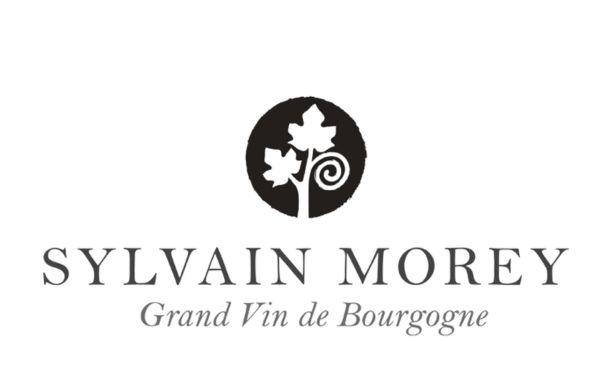Sylvain Morey
Two of the hallmarks of Burgundy are the minuscule size and the fractured distribution of the small domains that line the Cote d’Or. Centuries of division by inheritance and often family discord have fractured once-larger land holdings into microscopic parcels. Domains have become so small (and their fractured holding so atomic) that it is has become doubtful how these domains can continue to be passed down to the next generation. In the case of Domaine Sylvain Morey, this difficult tradition continues with the dissolution of Domaine Jean-Marc Morey. Jean-Marc’s son Sylvain and his sister Caroline split their father’s holdings in 2014, making this already small family domaine much smaller. (Domaine Jean-Marc Morey was founded in 1981 when Domaine Albert Morey was split between his two sons Jean-Marc and Bernard.) We feel fortunate to continue our relationship with these familiar family parcels, however small they may be, through the impressive and thoughtful work of Sylvain.
Sylvain has spent the last few decades establishing his own domaine, Bastide du Claux, located south of Burgundy in the Luberon. His experience working on his own project, combined with the deep knowledge he gained working with his father, has matured Sylvain into a thoughtful and confident vigneron. He is someone who respects the traditional manner in which his father worked but also brings his own sensibility to the table. He plans to split his time between Chassagne and Luberon working in the romantic mold-filled cellar in which his father has always worked. Upon his first releases in 2014, his mark on the wines are evident.
The wines have a bit more power than his father’s: they are more richly textured, while still retaining a firm mineral structure. As done before, fermentations for the whites and reds are done with natural yeasts; grapes are always de-stemmed; and the percentage of new wood is small (about 20%). Sylvain claims to be a bit more gentle in the cellar, and his tendency is to leave the wines alone, doing little to no batonage. He has also increased the aging of the whites to 18 months, rather than bottling after 12. These changes result in wines that are bit more resolved by the time they make it into bottle. --RWM
Contact Us




